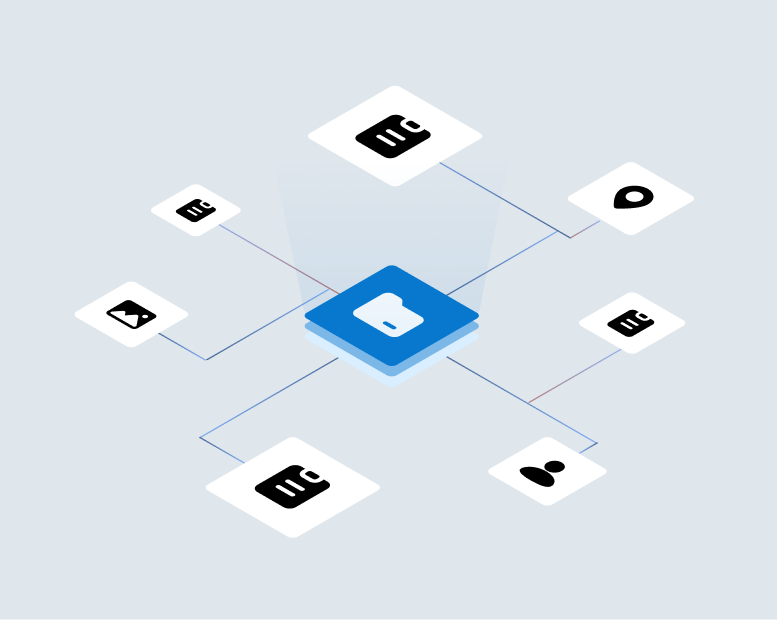Insurers need to channel their inner Santa
We all know the story: “He knows when you’re sleeping, he knows when you’re awake. He knows if you’ve been bad or […]
The Personal Lines Churn Crisis
The insurance industry is in the midst of a quiet crisis: according to PropertyCasualty360, customers are jumping ship at alarming rates. In auto […]
Cat Losses Wreaking Havoc: How Can Carriers Turn Chaos to Their Advantage?
Progressive’s recent financial woes, highlighted in a June 14th P&C Specialist report, paint a grim picture for the insurance industry. The company’s […]
Heightened Privacy Concerns: The Telematics Backlash
Verisk partnered with major automakers like Ford, GM, Honda, and Hyundai to collect driving data. This data was shared with insurers, enabling personalized discounts for safe drivers. However, the program raised consumer concerns. Media reports exposed instances of GM sharing data without explicit customer knowledge, leading to lawsuits alleging privacy violations and potential premium increases. The resulting backlash prompted Verisk to terminate its telematics program.
Aerial Imagery Sparks Debate – Is There a Better Way to Assess Risk?
The growing use of aerial photography by insurance carriers has sparked controversy, pitting insurers eager to streamline risk assessment against homeowners troubled by a process they feel is opaque and potentially unfair. As insurers explore technological solutions to improve efficiency, could alternatives like VeracityID's idFetchTM provide a middle ground that balances accuracy with privacy and consumer empowerment?
When preparing for a busy tropical storm season understanding and documenting risks is key
Understanding a home's vulnerabilities before disaster strikes is vital. The 2024 hurricane season could bring significant financial challenges. By taking proactive steps in risk management and claim handling, homeowners’ insurance carriers can better protect themselves and their customers against potential losses.
Ineffective Underwriting Leaves Claims to Adjust the Odds – A Dubious Roof Claim Exposes Gaps
A multi-pronged approach addressing underwriting, renewal, and claim management practices is crucial. By proactively managing risk and fostering transparency, insurers can safeguard their systems against exploitation, ensuring fairness for legitimate claimants while protecting themselves from unnecessary losses. Vigilance and a commitment to comprehensive assessment are key to navigating the complexities of risk.
The Hidden Hazard: Lithium-Ion batteries in your home and garage
Lithium-ion batteries are a marvel of modern technology, powering our lives with their compact size and impressive stamina. They're in everything from our phones to our cars. However, this convenience comes with a hidden risk that continues to be overlooked: the potential for fires and explosions.
Sudden & Accidental – or Is It?
Even a straightforward claim can be hiding something. Better underwriting, smarter data, and inexpensive, tech-driven customer self-inspection if we want to avoid funding repairs for neglected problems.
The Case of the Mystery Addition and Surprise Damage Claim
The ripple effect of not knowing enough about a risk, especially when it changes, leaves carriers underpriced and unprepared for losses.
The best risk data for underwriting is customer interaction data
McKinsey argues that external data plays a pivotal role in enhancing the effectiveness of artificial intelligence within Property and Casualty (P&C) Insurance underwriting. While this holds merit, our empirical observations in P&C Personal lines suggest that customer behavior at the point of sale (POS) and during endorsements often offers superior insights into customers' true intentions and attractiveness.
Watch Out for Wolves Amongst the Sheep: Both Good & Bad Risks Are Shopping
Costs are shooting up, customers are getting sticker shock, and they're starting to shop around. Carriers need to get proactive about spotting both the bad and the good – avoiding the worst and keeping profitable customers for the long haul.


